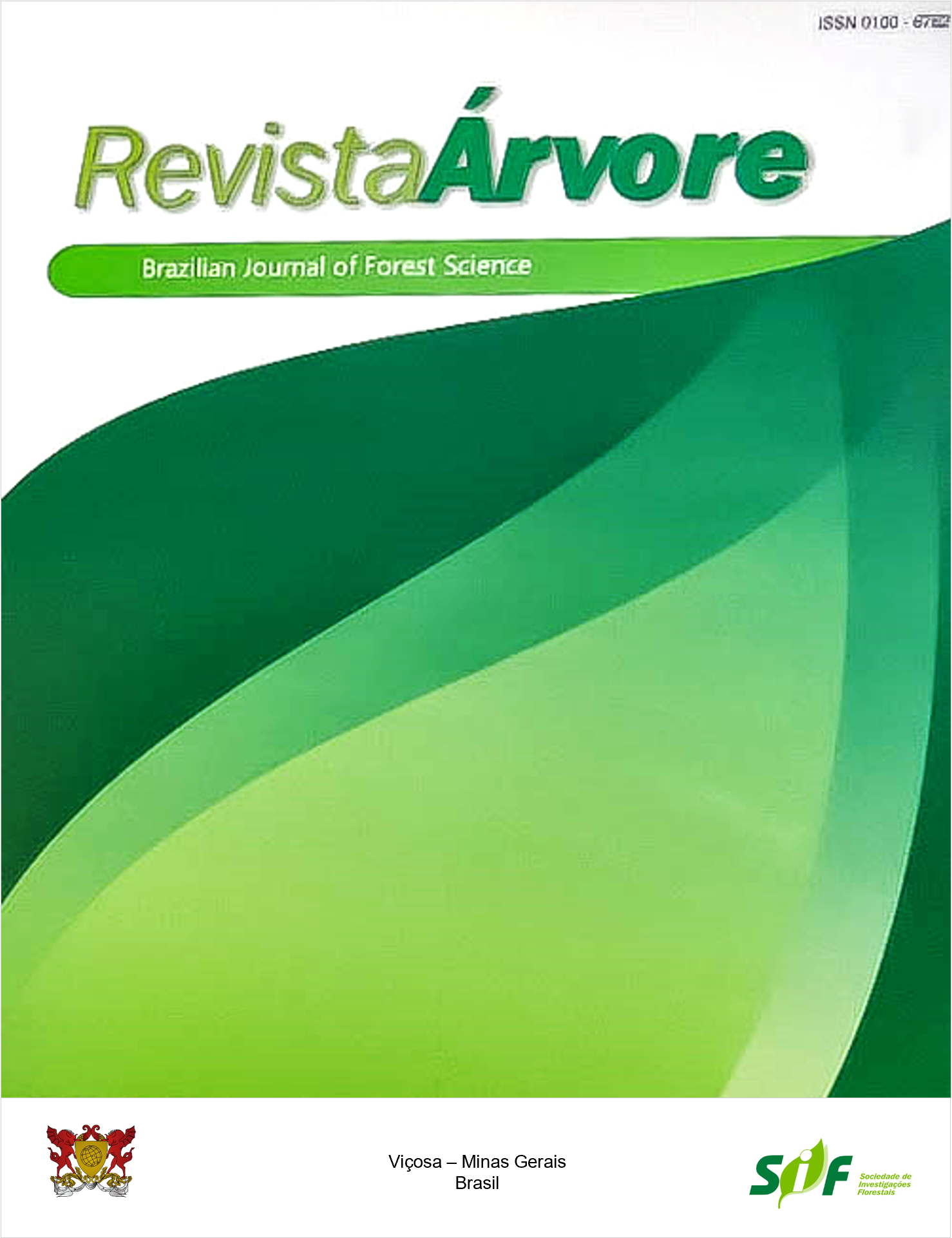PRODUCTION AND FINANCIAL FEASIBILITY IN SILVOPASTORAL SYSTEM IN SMALL RURAL PROPERTY
Keywords:
Family farming, Tropical wood, Forest productionAbstract
The implementation of silvopastoral systems (SPS) on properties that have family farming is an alternative to diversify land use, to acquire more than one production good, and diversify income generation. Therefore, the objective of this study was to evaluate the financial viability and quantify the volume of the forest component in an SPS with a spacing of 3.0 m x 20.0 m for multiple uses, carried out at 4 years of age for a 16-year rotation. For the analysis of financial viability, we used project analysis criteria such as: net present value (NPV), internal rate of return (IRR), and benefit-cost ratio (BCR) for a 16-year horizon with rate benchmarks interest rate of 3%, 4.5% and 10%. Based on the financial analysis criteria, the tree component of the system is viable, as it presented an NPV greater than zero, IRR exceeding the minimum attractiveness rate and BCR greater than 1 for all rates analyzed. The estimated production of the forest component was 257.28 m3/ha in 16 years. Thus, it can be concluded that the forest component in the arrangement of 3.0 m x 20.0 m at 16 years of age, provides a financial return for the small rural property. Therefore, it is a system that brings several economic and environmental advantages, optimizing the use of land, diversifying the production of the small property, generating income, bringing benefits to the reduction of methane gas (CH4) emissions, and assists in carbon sequestration (CO2).
Keywords: Family farming; Eucalyptus ; forest production
Downloads
Published
How to Cite
Issue
Section
License
Copyright (c) 2022 Revista Árvore

This work is licensed under a Creative Commons Attribution 4.0 International License.
All authors agreed to submit the work to Revista Árvore and granted the exclusive license to publish the article. The authors affirm that it is an original work and has not been previously published elsewhere. The scientific content and opinions expressed in the article are the sole responsibility of the authors and reflect their opinions, not necessarily representing the opinions of the editorial board of Revista Árvore or of the Society of Forest Investigations (SIF).




